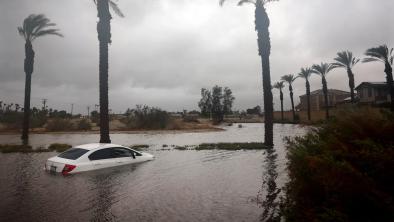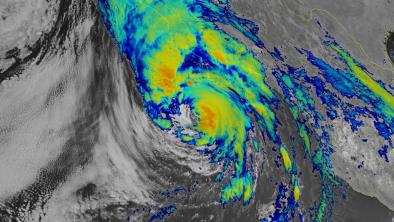Science Source
Why does tropical convective available potential energy (CAPE) increase with warming?
- States that recent work has produced a theory for tropical convective available potential energy (CAPE) that highlights the Clausius-Clapeyron (CC) scaling of the atmosphere's saturation deficit as a driver of increases in CAPE with warming
- Tests this so-called “zero-buoyancy” theory for CAPE by modulating the saturation deficit of cloud-resolving simulations of radiative-convective equilibrium in two ways: changing the sea surface temperature (SST) and changing the environmental relative humidity (RH)
- Finds that for earthlike and warmer SSTs, undilute parcel buoyancy in the lower troposphere is insensitive to increasing SST because of a countervailing CC scaling that balances the increase in the saturation deficit; however, buoyancy increases dramatically with SST in the upper troposphere
- Finds conversely that the RH experiment, undilute buoyancy throughout the troposphere increases monotonically with decreasing RH
- Shows that the zero-buoyancy theory successfully predicts these contrasting behaviors, building confidence that it describes the fundamental physics of CAPE and its response to warming
Related Content
Science Source
| Scientific Reports
Observed increases in North Atlantic tropical cyclone peak intensification rates
Andra J. Garner
Headline

Aug 22, 2023 | Climate Nexus Hot News
Hilary Breaks 'Virtually All Rainfall Daily Records'
Headline

Aug 22, 2023 | Climate Nexus Hot News
First SoCal Tropical Storm Since '39 Drops Years Worth Of Rain
Headline

Jun 14, 2023 | Climate Nexus Hot News
Heat Stifles Bangladesh Tea Pickers, India/Pakistan Prep For Cyclone


